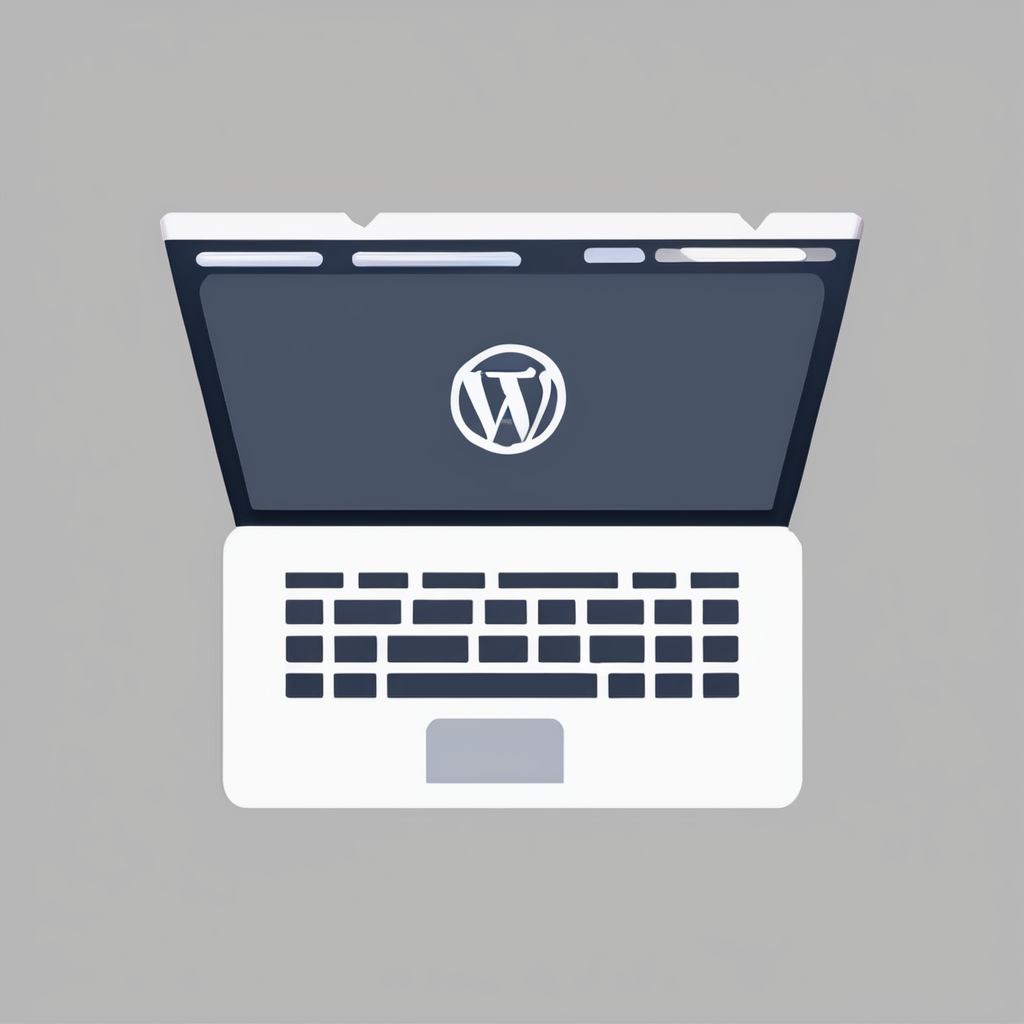Practical Approaches for Integrating IoT Devices into UK Marketing Strategies
Successfully executing an IoT marketing integration UK requires careful identification of IoT devices that align with industry needs and consumer behavior in the UK. Popular devices like smart speakers, wearables, and connected appliances offer rich data streams that businesses can leverage for targeted marketing campaigns.
An effective IoT strategy for businesses starts by aligning device capabilities with core marketing objectives. For example, smart sensors in retail environments can track customer movement patterns, enabling personalized promotions that boost engagement. Wearables provide health or activity data that brands can use to tailor wellness-related offers.
Topic to read : How Does AI Influence Computing Marketing in the UK Today?
When integrating IoT into campaigns, planners must consider how data from IoT devices fits within existing marketing frameworks. This involves syncing IoT-generated insights with CRM systems and analytics platforms to create unified customer profiles. It also requires ensuring compliance with UK data protection laws, preserving customer trust.
By adopting these practical steps, businesses can maximize the impact of IoT devices in marketing while crafting responsive, data-driven campaigns that resonate with UK consumers. Such integration transforms traditional marketing approaches into dynamic, interactive experiences grounded in real-time information.
Have you seen this : How Can UK Businesses Leverage Computing Trends for Successful Marketing Strategies?
Benefits of IoT Device Integration for UK Firms
Unlocking marketing potential through connected technology
Integrating IoT devices offers substantial IoT marketing benefits, particularly in enhancing customer data collection. By capturing granular, real-time information directly from connected products, UK firms gain a more accurate understanding of consumer behavior. This allows for precise customer data collection and detailed segmentation, enabling marketers to tailor campaigns better and improve engagement rates.
Personalised and real-time marketing campaigns become achievable through this rich dataset. IoT devices facilitate immediate response to user preferences or environmental changes, driving customer satisfaction and loyalty. For example, a retailer utilizing IoT data can dynamically adjust offers based on in-store customer interactions or product usage patterns, something traditional marketing cannot easily replicate.
UK IoT case studies demonstrate the transformative impact of this integration. British companies across sectors like retail and manufacturing have successfully leveraged IoT to revolutionize their marketing strategies. These firms report improved customer data collection, enabling tighter segmentation and enhanced campaign relevance. Embracing IoT is no longer optional; it’s becoming a core marketing strategy for forward-thinking UK businesses seeking competitive advantages.
Ensuring Compliance with UK Data Regulations
Navigating IoT GDPR compliance UK is essential for businesses utilizing connected devices. Under GDPR, organizations must ensure transparency about data collection, obtain explicit consent, and allow users to control their personal information. Failure to meet these requirements risks hefty fines and reputational damage.
For effective data privacy regulations adherence, companies should embed privacy-by-design into IoT marketing strategies. This means securing data at every stage—from device interaction to storage and analysis. Encryption, access controls, and continuous monitoring are vital components of IoT data security that protect against unauthorized access and breaches.
Additionally, the UK imposes specific rules regarding IoT. The UK’s Data Protection Act supplements GDPR, emphasizing high standards for consent and data minimization. Marketers deploying IoT devices must conduct Data Protection Impact Assessments (DPIAs) to evaluate risks and demonstrate compliance to authorities.
Understanding these nuances helps businesses balance innovation with responsibility. Implementing stringent security protocols and respecting user privacy fosters trust, ultimately enhancing customer engagement and loyalty. Embracing compliance not only avoids penalties but also sets the foundation for sustainable IoT marketing success.
Step-by-Step Guide to Implementing IoT in Marketing
Implementing IoT in marketing requires a structured approach to ensure success. Begin with assessing readiness by evaluating your organization’s technological infrastructure and marketing objectives. This step identifies gaps and determines if your team can support IoT integration effectively. Next, set clear, actionable goals focused on improving customer engagement, data collection, or campaign personalization. These goals must align with your broader marketing strategy to maximize ROI.
The next critical step in the IoT integration process UK involves selecting suitable IoT platforms and marketing tools. UK businesses benefit from platforms that comply with local data protection regulations while offering scalable features like real-time data analytics and device management. Choosing tools tailored for your specific marketing needs—such as automated content delivery or location-based offers—enhances campaign effectiveness.
Finally, invest in training marketing teams for IoT-enabled campaigns. Equip your staff with the knowledge to interpret IoT data, manage connected devices, and design adaptive marketing strategies. Continuous training ensures teams stay updated on emerging IoT trends and technologies, fostering innovation and agility. With these IoT implementation steps, marketers can confidently adopt IoT, driving smarter, data-driven decisions.
Tools and Platforms Supporting IoT Marketing Integration
Understanding how to select the best IoT marketing tools UK is crucial for successful marketing integration. Leading platforms combine IoT data analytics capabilities with marketing automation, enabling precise customer insights. These systems collect and analyze real-time data from connected devices, helping marketers tailor campaigns efficiently.
When choosing the right tools, focus on those offering seamless data collection from various smart devices, robust analytics dashboards, and easy integration with existing marketing software. Popular platforms emphasize user-friendly interfaces that support cross-channel campaign management based on IoT-generated insights.
Furthermore, smart marketing technology enhances interactive experiences by utilizing sensors, wearables, and other IoT devices. These tools enable dynamic content delivery and personalized messaging, which boost engagement. For instance, retailers can use IoT sensors to trigger promotions when customers approach specific products.
Incorporating smart devices into marketing strategies also allows for continuous feedback loops, helping refine campaigns dynamically. This approach not only maximizes customer reach but also improves ROI by focusing resources on highly targeted, data-driven efforts. Embracing these technologies ultimately empowers marketers in the UK to innovate and engage more effectively.







